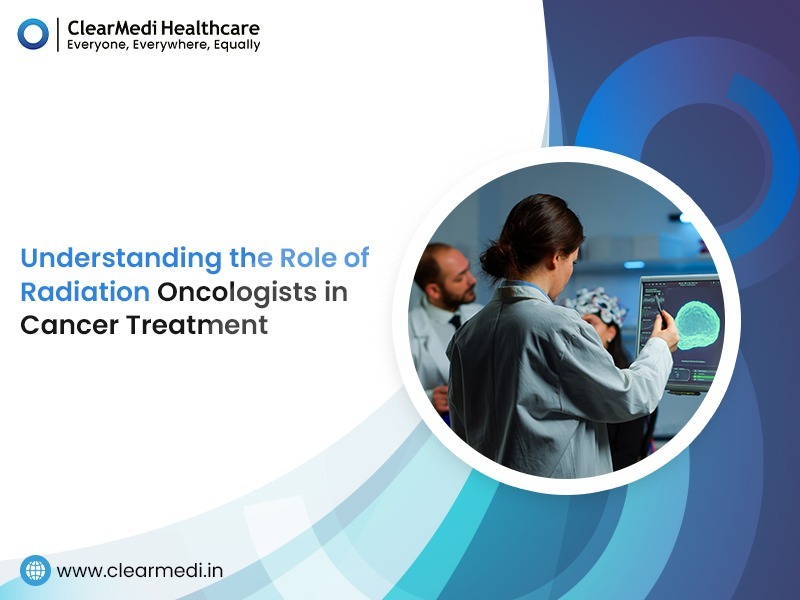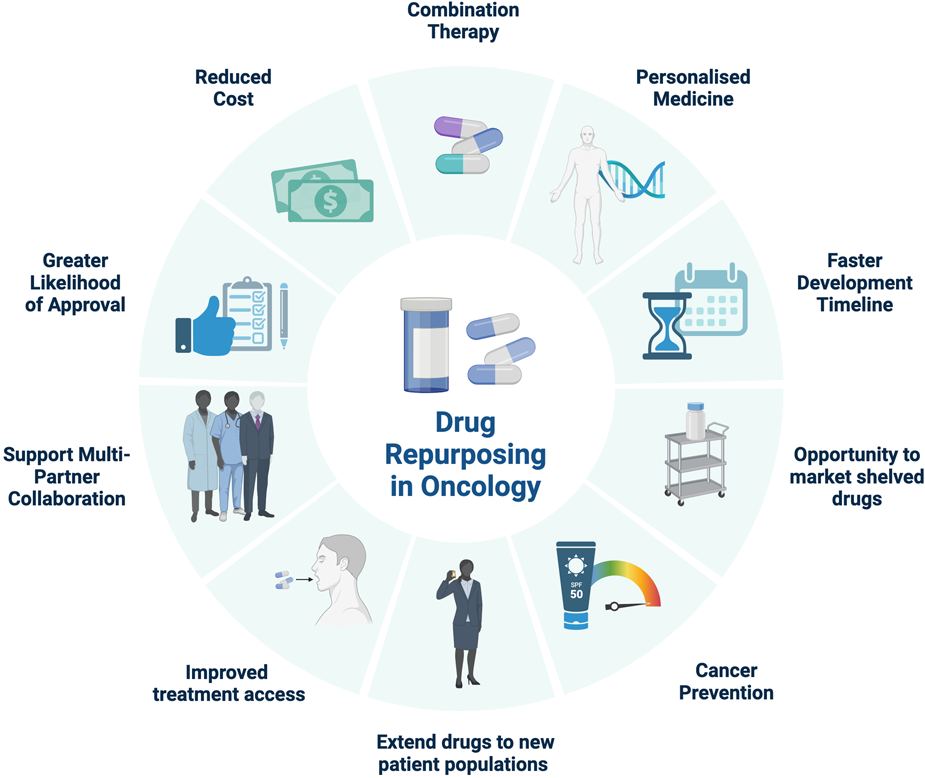Arogyajivan Medical Tourism For Oncology - An Overview
Table of ContentsWhat Does Arogyajivan Medical Tourism For Oncology Mean?Arogyajivan Medical Tourism For Oncology for BeginnersHow Arogyajivan Medical Tourism For Oncology can Save You Time, Stress, and Money.The Greatest Guide To Arogyajivan Medical Tourism For OncologyArogyajivan Medical Tourism For Oncology for DummiesThe Best Strategy To Use For Arogyajivan Medical Tourism For OncologyThe 6-Second Trick For Arogyajivan Medical Tourism For Oncology
According to the American Cancer Culture (ACS), medical professionals in the United States detect of cancer cells situations in people ages 50 years or older. Genetic factors can add to the growth of cancer cells.Genes also influence the cells' manufacturing of healthy proteins, and proteins carry several of the guidelines for cellular growth and department. Some genetics alter proteins that would generally fix damaged cells. This to a proneness for cancer cells. If a moms and dad has these genes, they might hand down the modified instructions to their offspring.
Arogyajivan Medical Tourism For Oncology - Questions
Some genetic mutations that raise the risk of developing cancer happen after birth. These hereditary adjustments create cancer extra typically than inherited gene anomalies.

Doctors identify cancer by its location in the body and the tissues that it forms in. When cancerous cells spread out to various other parts of the body, the clinical term for this is transition. An individual can likewise have greater than one sort of cancer at a time. Improvements in cancer detection, enhanced understanding of the risks of smoking, and a drop in cigarette usage have all contributed to a year-on-year decrease in the variety of cancer cells diagnoses and deaths.
Getting The Arogyajivan Medical Tourism For Oncology To Work
Below are some common inquiries and answers regarding cancer cells. Some cancers create very early signs, yet others do not exhibit signs and symptoms until they are a lot more innovative. Numerous of these signs and symptoms are often from causes cancer cells. The most effective way to determine cancer cells early is to report any type of uncommon, relentless symptoms to a physician so they can use advice regarding any type of more testing that may be needed - ArogyaJivan Medical Tourism for Oncology.


After nonmelanoma skin cancer, bust cancer is the most typical kind in the U.S.
Examples of current methods present techniques, radiation therapy, treatment surgery. Some individuals profit from newer options, such as stem cell transplant and accuracy medication. The diagnosis and death rates of cancer cells are going down annual.
The main kinds of cancer treatments are introduced briefly on this page and described in detail in their respective sections. Cancer cells medicines take years to make their way to people.
In most cancers cells, several treatment alternatives need to be utilized together (either at the very same time, or one after the other) to obtain the finest outcomes. This number compares the benefits and drawbacks of the 3 sorts of cancer therapy options. In the left panel, an individual has a lung cancer; in the magnification listed below, there are cancer cells (in green) and regular cells from surrounding cells (in this case, lung).
Arogyajivan Medical Tourism For Oncology Fundamentals Explained
The impacts of each treatment (radiation, surgery, systemic treatment) are highlighted on the right; note that there are essential differences in how these treatments affect the cancer cells and the individual (defined below). Radiation therapy is focused on the tumor, and the typical tissues are prevented (similar to a magnifying glass focusing light).
at the time of surgical treatment) capability to (which might assist to eliminate find the pressing of a lump on neighboring body components); or it may be done before surgical treatment to reduce lumps to a dimension that makes them treatable with surgical procedure (resectable). loved one for the individual (radiation can be provided from exterior of the body and focused on the tumor, is painless, and generally does not Resources call for anesthesia) (i.e.
Rumored Buzz on Arogyajivan Medical Tourism For Oncology
not removing a bust, throat, or part of the intestinal tract, which would certainly have considerable adverse effect on a clients lifestyle stimulation of a versus the growth The drawbacks of radiation treatment include: (e (ArogyaJivan Medical Tourism for Oncology).g. lung, heart), relying on exactly how close they are to the lump failure to eliminate tumor cells that can not be seen on imaging scans and are consequently not always consisted of on the 3D models utilized to plan the radiation This can include cancer cells in near-by lymph nodes or cancer that has actually spread out to distant areas ()
This is most likely with huge lumps. inability to soothe in certain components of the body (e.g. mind). This can result in the requirement for surgical procedure. poor murder of cancer cells in locations that do not have a good supply of oxygen (e.g. in a location after surgery; in a limb with a bad blood supply) raised incidence in (e.g.
in some situations it have to be delivered daily, 5 days each week, for 1-2 months) For much of human background, surgical procedure was the first line of treatment for several solid tumors. With pop over to this web-site surgical treatment, an individual is required to the operating room, put under anesthesia, and the growth got rid of. For some cancers cells, the whole growth can not be gotten rid of, yet several of it can be removed, a process called debulking.
Excitement About Arogyajivan Medical Tourism For Oncology
in the brain, where particular radiation treatment can not get to) prospective ability to (the individual might be healed with surgical procedure alone) ability to look at the malignant cells (Tissue samples can be checked out to determine the very best therapy options for that specific individual. If the individual has already been dealt with, the samples can be made use of to see exactly how the cancer cells reacted to previous treatment to see if even more of that treatment ought to be provided or if the treatment requires to be altered.